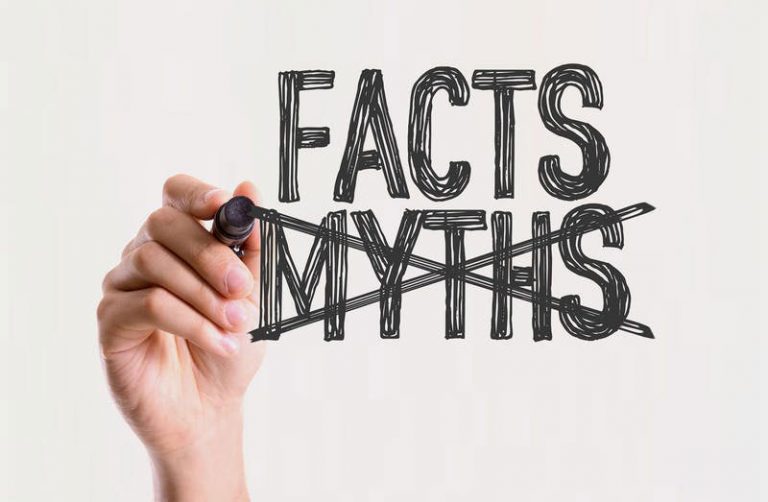5G technology promises faster speeds, lower latency, and improved connectivity. However, concerns about its security, health effects, and potential risks have sparked debates. This article explores the myths, facts, and security challenges surrounding 5G.
Myth: 5G is Harmful to Human Health
One of the most common fears is that 5G radiation is dangerous. Some claim it causes cancer, weakens the immune system, or spreads viruses. These concerns stem from the fact that 5G uses higher-frequency waves compared to previous networks.
Fact: 5G is Safe According to Scientific Research
Scientific studies have found no evidence that 5G poses a health risk. Regulatory agencies, including the World Health Organization (WHO) and the Federal Communications Commission (FCC), confirm that 5G radiation levels remain within safe limits. Unlike ionizing radiation from X-rays, 5G emits non-ionizing radiation, which does not damage DNA or tissues.
Myth: 5G Can Be Used for Government Surveillance
Some people believe that 5G networks enable mass surveillance and data collection by governments and corporations. They worry that the technology allows increased tracking and monitoring of personal data.
Fact: 5G Improves Security but Raises New Challenges
5G networks come with stronger encryption and authentication protocols, reducing the risk of unauthorized access. However, since 5G connects billions of devices, it also increases the number of potential attack points. Governments and cybersecurity experts must ensure that networks remain secure against hacking and espionage.
Security Risks of 5G
While 5G enhances connectivity, it also introduces new security concerns. Cybercriminals and malicious actors can exploit vulnerabilities if proper protections are not in place.
Increased Cyber Threats
With billions of IoT (Internet of Things) devices connected via 5G, the risk of cyberattacks rises. Hackers can target smart homes, medical devices, and industrial systems. Strong encryption, multi-factor authentication, and constant monitoring are required to prevent breaches.
Network Infrastructure Vulnerabilities
5G relies on a vast network of small cell towers. If these towers are not properly secured, attackers could intercept data or disrupt communication. Governments and telecom providers must establish strict security measures to protect infrastructure.
Supply Chain Risks
Some countries have raised concerns about foreign-made 5G equipment. They worry that certain hardware could contain security loopholes or backdoors. To minimize risks, some governments limit the use of 5G equipment from specific manufacturers.
Myth: 5G Replaces the Need for Wi-Fi
Some assume that 5G will completely replace Wi-Fi, making traditional internet connections unnecessary.
Fact: 5G and Wi-Fi Will Coexist
5G is designed for mobile and large-scale connectivity, while Wi-Fi is optimized for local networks. Homes, offices, and businesses will continue using Wi-Fi alongside 5G. The two technologies serve different purposes and complement each other rather than compete.
The Future of 5G Security
As 5G adoption increases, security measures must evolve. Companies and governments must invest in stronger encryption, AI-driven threat detection, and user education. With the right precautions, 5G can remain a safe and transformative technology for the future.
